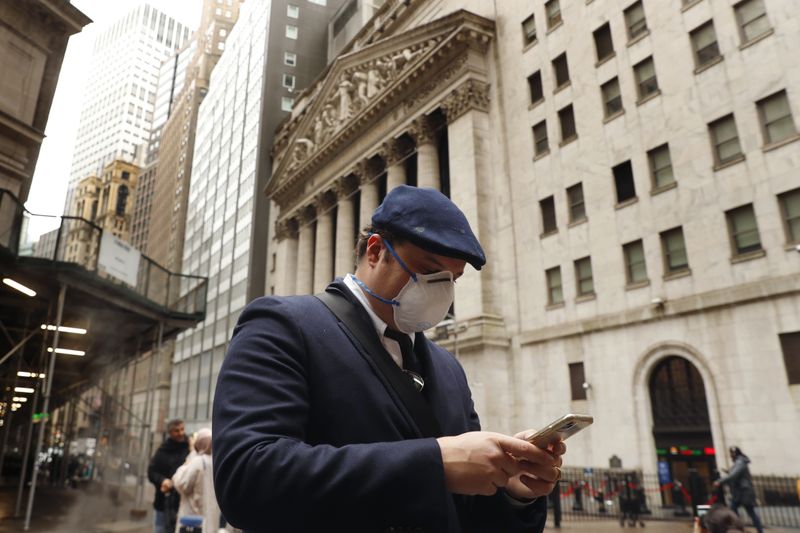This post was originally published on this site

(Reuters) -Uber Technologies Inc on Wednesday said it had no need to boost incentives further to lure more drivers and forecast a strong second quarter, a day after rival Lyft said it needed to spend more for labor in the coming months.
The ride hail giant brought forward its results to Wednesday morning from the afternoon after Lyft Inc (NASDAQ:LYFT) shares sank 26% on Tuesday when its projected operating earnings fell short of expectations on higher driver pay, dragging down Uber (NYSE:UBER)’s stock in its wake.
Uber shares were unchanged in pre-market trading, paring the losses made Tuesday after-hours following Lyft’s earnings release.
Uber reported a dip in monthly active users in the first three months of the year from the previous quarter, a common trend in the industry during the colder winter months, but was keen to set itself apart from its smaller competitor.
“Our driver base is at a post-pandemic high and is more engaged on Uber than on other platforms. Importantly, we expect this trend to continue without significant incremental incentive investments,” Uber Chief Executive Dara Khosrowshahi said in prepared remarks.
Hargreaves Lansdown (LON:HRGV) analyst Susannah Streeter said Uber was able to retain and attract drivers by offering earnings opportunities in not just ride-hail, but food delivery during the pandemic.
“There has been some relief among investors that for now Uber isn’t in quite the same vulnerable position of having to offer steep incentives to lure drivers back,” Streeter said.
MKM Partners analyst Rohit Kulkarni said Uber’s global and more diversified business also gave it better protection against wider macroeconomic swings.
Uber reported first-quarter adjusted EBITDA, which excludes stock-based compensation and other expenses, of $168 million. That surpassed the average analyst expectation of $132 million, according to IBES data from Refinitiv.
Uber’s second-quarter adjusted EBITDA forecast of between $240 million and $270 million also topped the average analyst expectation for $237 million.
At $6.9 billion, total first-quarter revenue rose 136% and exceeded estimates for $6.13 billion.
Adjusted losses per share at $0.18 surpassed analyst expectations for a $0.24 loss.
Ride-hail revenue, which took a tumble during the pandemic, for the first time outpaced delivery revenue in a sign of travel rebound.
Uber also said it expected to generate “meaningful positive cash flows” for the full year, which would mark the first time it achieved this goal in the company’s 13-year history.
However, on a net basis, Uber’s first-quarter loss surged to $5.9 billion from $108 million a year ago, driven by $5.6 billion in drops in the value of stakes in other, poorly performing companies, primarily Chinese ride-hail company Didi Global Inc.
Uber Chief Financial Officer Nelson Chai said in a statement Uber had the liquidity to sit on the loss-making positions and wait for a better time to sell them.
Uber’s ride-hail business appears on track to top pre-pandemic levels in the second quarter, with April mobility bookings exceeding 2019 levels in all global markets.
The return of riders did not come at the expense of Uber Eats customers, who continued ordering food deliveries from restaurants.
But monthly active platform consumers, a metric that includes both ride-hail and food delivery users, dropped from 118 million in the fourth quarter to 115 million in the three months ending March 31.

